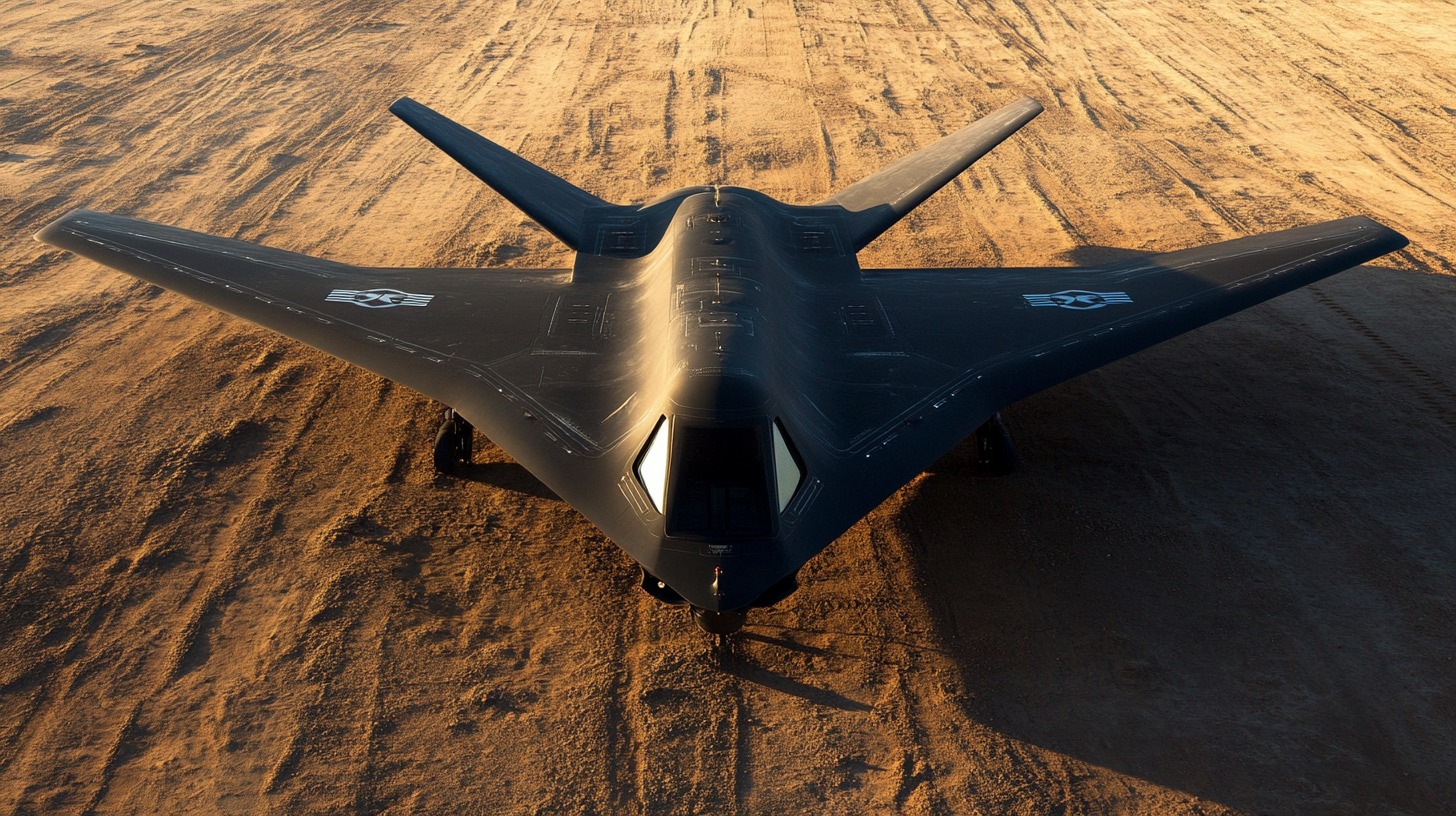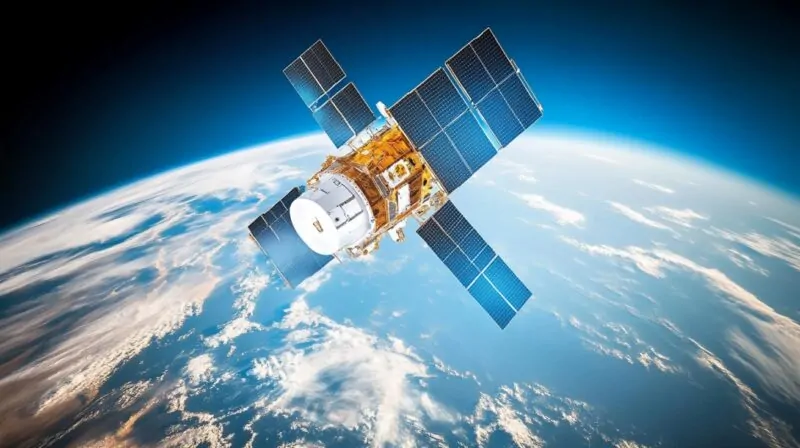The rapid proliferation of drone technology has brought incredible advancements and new security challenges. With drones becoming more accessible, their misuse poses significant risks to:
- Critical infrastructure
- Public safety
- National security
Counter UAV solutions have emerged as vital tools in mitigating these threats, offering innovative ways to detect, track, and neutralize hostile drones.
Today, we want to discuss the top counter UAV solutions that can be used to combat drone threats.
| Technology | Description |
|---|---|
| Radio Frequency (RF) Analyzers | Monitors drone communication signals and traces signal sources. |
| Radar Systems | Tracks drones over long ranges and in poor visibility. |
| Optical Sensors (Cameras) | Detects drones using visual and thermal imaging. |
| Acoustic Sensors | Identifies drones by analyzing sound patterns. |
| Radio Frequency (RF) Jammers | Disrupts drone communication to force landing or retreat. |
| GPS Spoofers | Redirects drones by sending false location signals. |
| High-Power Microwave (HPM) Devices | Disables drones with focused microwave energy. |
| Nets and Net Guns | Captures drones mid-flight for recovery and analysis. |
| High-Energy Lasers | Destroys drones using precise light beams. |
| Cyber Takeover Systems | Takes control of drones via software hacking. |
Table of Contents
ToggleDetection and Monitoring Solutions
Countering drone threats begins with precise detection and monitoring systems.
These technologies are designed to identify, track, and assess unauthorized UAVs in real-time, providing actionable intelligence to neutralize potential risks.
Radio Frequency (RF) Analyzers
RF analyzers are essential for monitoring communication signals between drones and their operators.
They capture real-time data to detect unauthorized drones and may even trace the signal source.
- Real-time monitoring of drone-controller signals.
- Cost-effective and accessible for basic needs.
- Ability to trace signal origins to locate operators.
Limitations:
- Ineffective against autonomous drones without external signals.
- Limited scope in complex scenarios.
Radar Systems
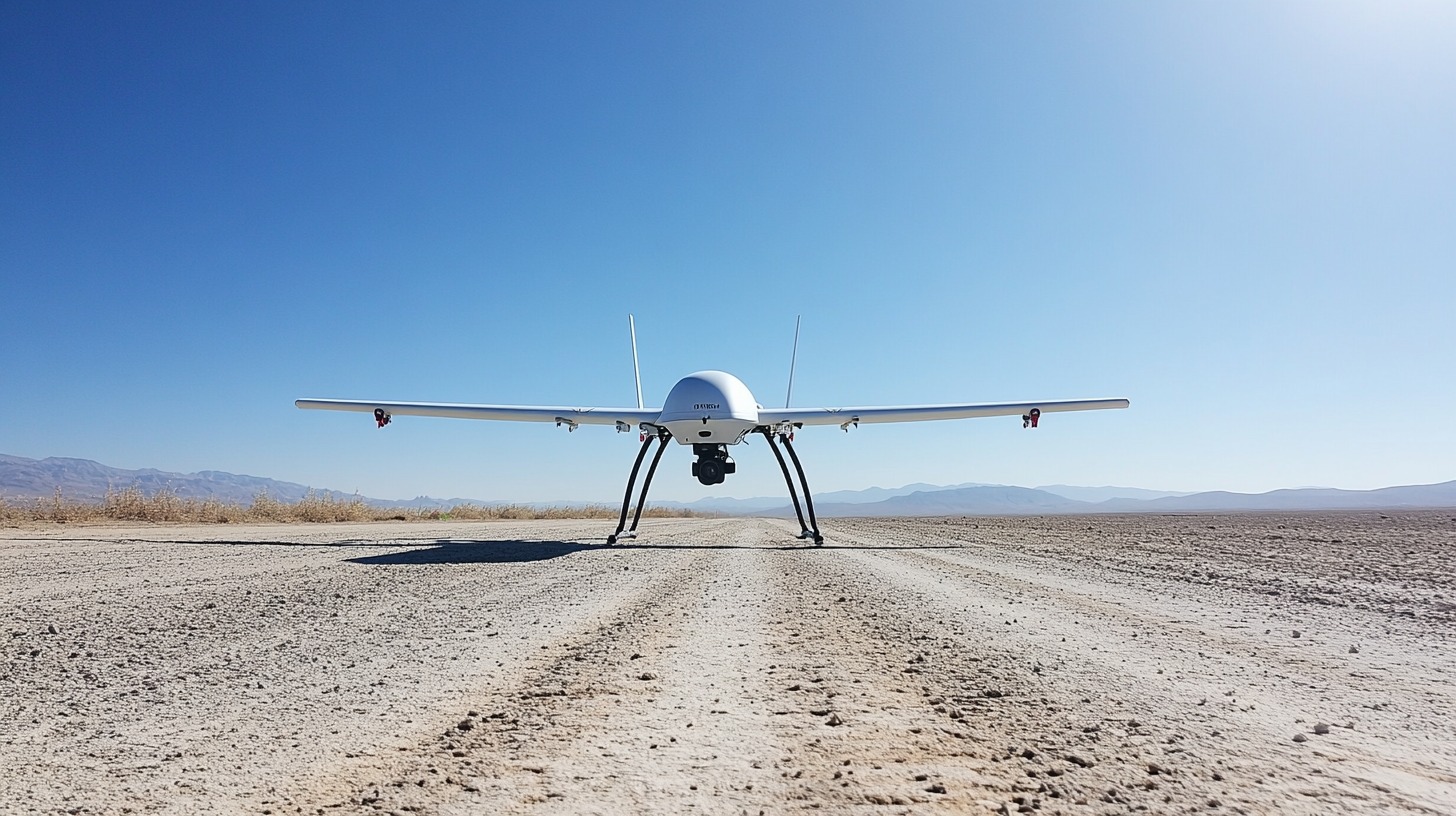
Specialized radar systems excel in tracking drones under various conditions, including poor weather or low visibility.
They are highly accurate and capable of identifying drones over extended ranges, making them indispensable for protecting large-scale installations.
- High accuracy and long-range tracking.
- Effective in challenging weather or lighting conditions.
- Ideal for securing expansive areas.
Challenges:
- Expensive to deploy and maintain.
- Vulnerable to interference in cluttered environments.
Optical Sensors (Cameras)
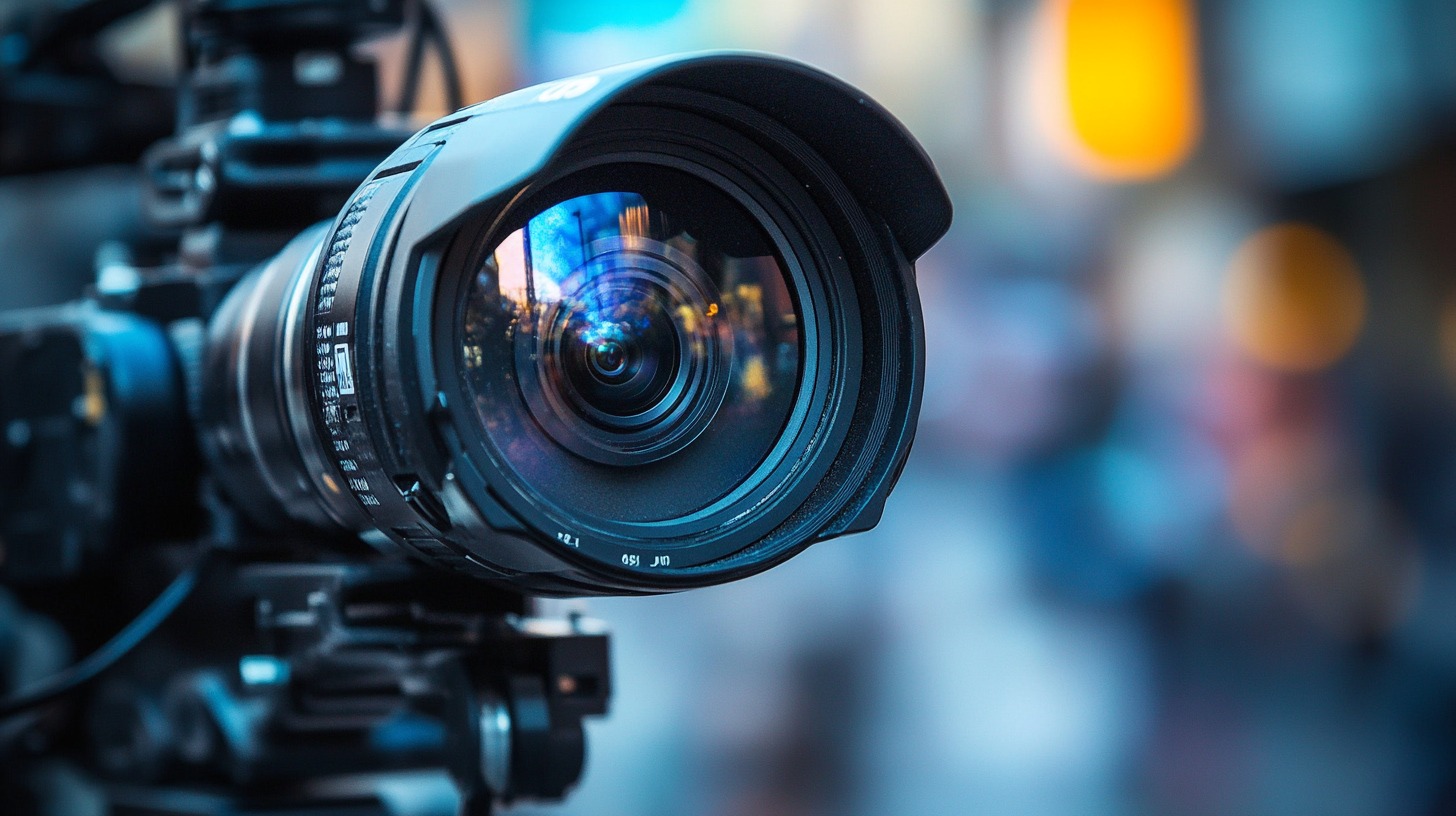
Modern optical sensors are equipped with advanced visual and thermal imaging capabilities, enhancing their ability to detect drones.
These sensors are particularly valuable for visual confirmation in environments requiring high precision.
- High-resolution imaging for accurate drone tracking.
- Thermal imaging for detection in low-light scenarios.
- Ideal for applications needing visual validation.
Drawbacks:
- False positives in cluttered or low-visibility environments.
- Dependence on complementary systems for comprehensive detection.
Acoustic Sensors
Acoustic sensors detect drones by analyzing sound patterns.
They are effective for close-range detection and serve as a cost-efficient option for basic monitoring needs.
- Reliance on sound pattern recognition for drone identification.
- Affordable and easy to deploy.
- Best suited for short-range applications.
Limitations:
- Reduced effectiveness in noisy environments that mask drone-specific sounds.
- Limited range compared to other detection methods.
Neutralization and Mitigation Technologies
Unmanned aircraft systems (UAS) pose a significant threat to #NATO‘s security, which is why the Alliance is working hard to develop a Counter-UAS framework🛡 to efficiently detect, track, and neutralize unauthorized UAS.
Learn more about this doctrine on page 48 in #NITECH… pic.twitter.com/29edvd4icw
— NCIA (@NCIAgency) September 30, 2024
Neutralizing unauthorized drones is a critical component of counter UAV strategies.
Mitigation technologies focus on disabling, capturing, or redirecting drones to prevent them from posing a threat.
Radio Frequency (RF) Jammers
RF jammers are widely used to disrupt the communication link between a drone and its controller.
The drone is forced into fail-safe modes by blocking these signals, such as landing or returning to its origin point.
- Disrupt communication between the drone and its operator.
- Force drones to land or retreat to their takeoff point.
- Effective for a wide range of commercial drones.
Challenges:
- Can cause unpredictable drone behavior.
- Risk of interference with nearby communication systems.
GPS Spoofers
GPS spoofers manipulate a drone’s navigation system by sending false location signals.
These devices redirect drones to predesignated safe zones, offering a controlled solution for mitigating threats.
- Redirect drones without causing physical damage.
- Enable safe removal of drones from sensitive areas.
Limitations:
- Potential to disrupt legitimate GPS systems nearby.
- May not work on drones with advanced navigation systems.
High-Power Microwave (HPM) Devices
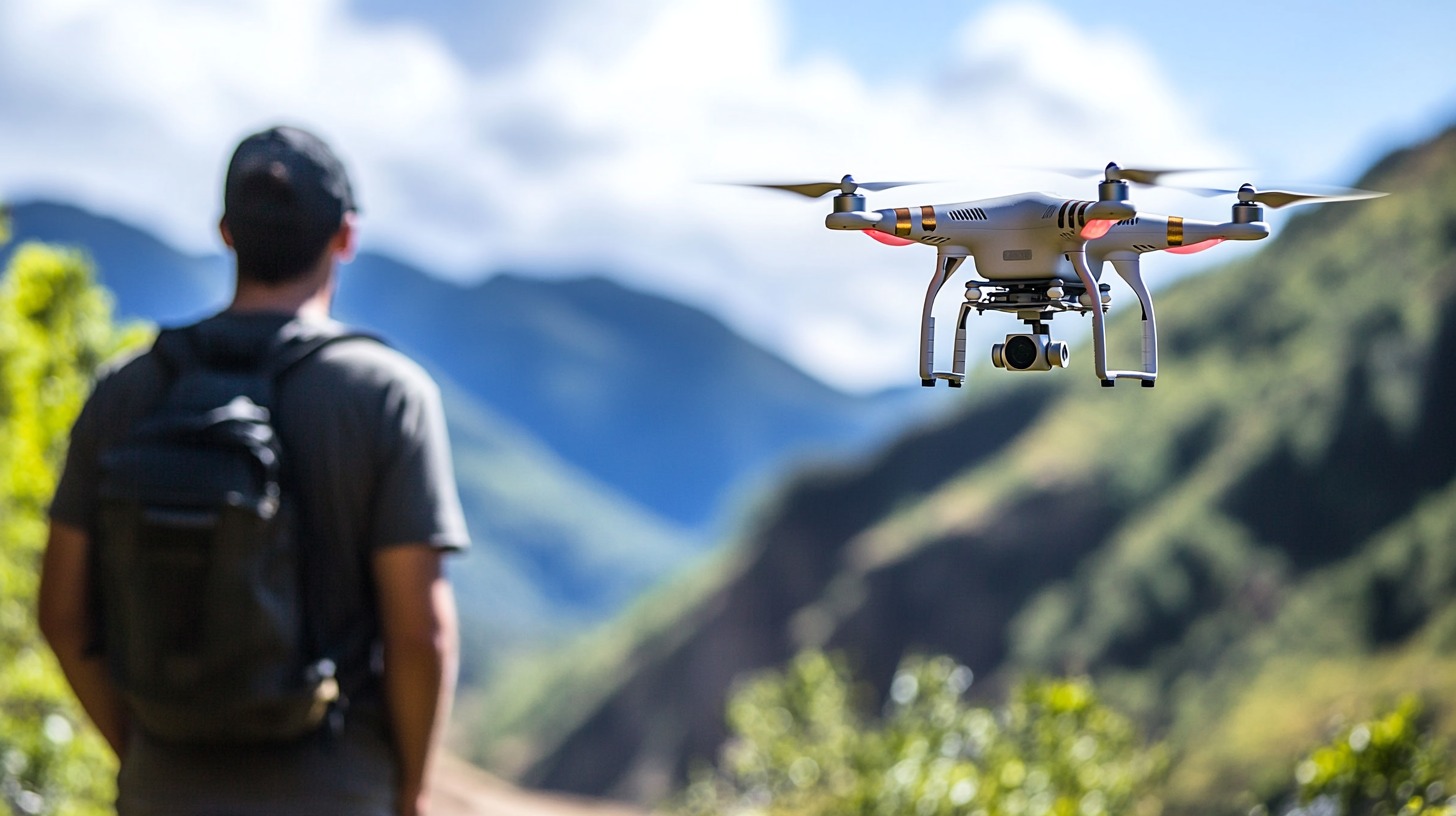
HPM devices employ focused microwave energy to disable or destroy a drone’s electronic systems.
These technologies are highly effective for neutralizing threats in high-security environments.
- Capable of permanently disabling drone electronics.
- Effective against multiple drones simultaneously.
Considerations:
- High deployment and operational costs.
- Risk of collateral damage to other electronics in the vicinity.
Nets and Net Guns
Nets and net guns offer a physical approach to capturing drones mid-flight.
Deployed via ground cannons or specially equipped drones, these tools allow for the recovery of drones for forensic analysis.
- Capture drones without damaging them.
- Provide valuable post-capture intelligence.
Drawbacks:
- Limited range compared to other mitigation methods.
- Operator skill and precision are crucial for success.
High-Energy Lasers
High-energy lasers use concentrated beams of light to destroy drones in flight. While these systems are still in experimental phases, they show promise for precise, on-demand neutralization.
- Precision targeting for drone destruction.
- Minimal risk to surrounding areas when properly used.
Challenges:
- High cost and energy requirements.
- Limited operational range in some designs.
Cyber Takeover Systems
Cyber takeover systems hack into a drone’s software, allowing operators to take control and redirect the drone safely. These solutions are particularly effective against commercial drones.
- Gain control of drones for safe mitigation.
- Prevent destruction, allowing for intelligence gathering.
Limitations:
- Difficulty in hacking highly encrypted or military-grade drones.
- Ethical and legal concerns surrounding unauthorized hacking.
Mitigation technologies must be selected based on the specific threat scenario, balancing effectiveness, cost, and potential collateral impact. Combining multiple solutions often enhances overall security while addressing the diverse range of drone threats.
Strategic Applications
Counter UAV technologies have become essential tools for addressing drone threats across various sectors.
These technologies are tailored to specific environments and scenarios, providing targeted solutions to mitigate risks.
Infrastructure Protection
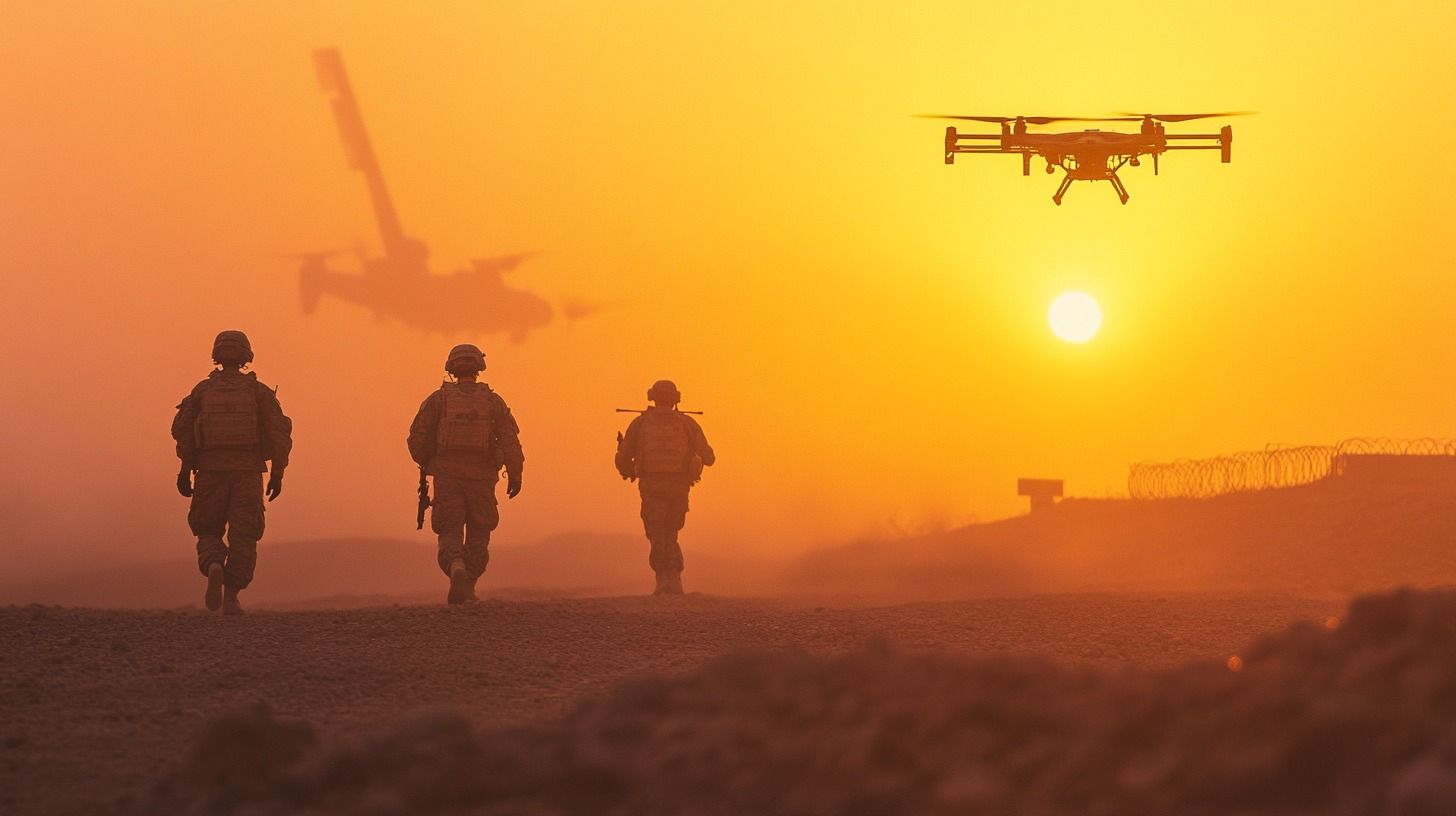
They can disrupt operations, compromise safety, and cause significant financial losses.
- Energy plants
- Pipelines
- Water facilities
Key tools for infrastructure protection:
- Fixed and mobile detection systems for continuous airspace monitoring.
- RF jammers to neutralize unauthorized drone activity.
- Cyber takeover systems for seizing control of rogue drones.
By deploying comprehensive solutions, organizations can safeguard essential operations and maintain functionality under potential drone threats.
Correctional Facilities
Drones are often used to smuggle contraband into correctional facilities, creating significant security challenges.
Employing advanced anti-drone technologies can help authorities maintain control and safety.
- RF spoofers disrupt communication between drones and operators.
- Jammers to establish secure no-fly zones around facilities.
- Automated systems for real-time detection and neutralization.
These measures improve facility security while minimizing risks to nearby areas and authorized operations.
Tactical Security Operations
Mobile anti-drone solutions are critical in tactical scenarios. They provide law enforcement and counter-terror units with the flexibility to respond to threats in real-time and ensure operational safety in rapidly changing environments.
- Portable radar systems for quick and accurate threat identification.
- Cyber takeover technologies to neutralize drones without collateral damage.
- Real-time adaptability to changing threat conditions.
With these tools, tactical teams can effectively counter drone threats during high-stakes operations.
Border Security
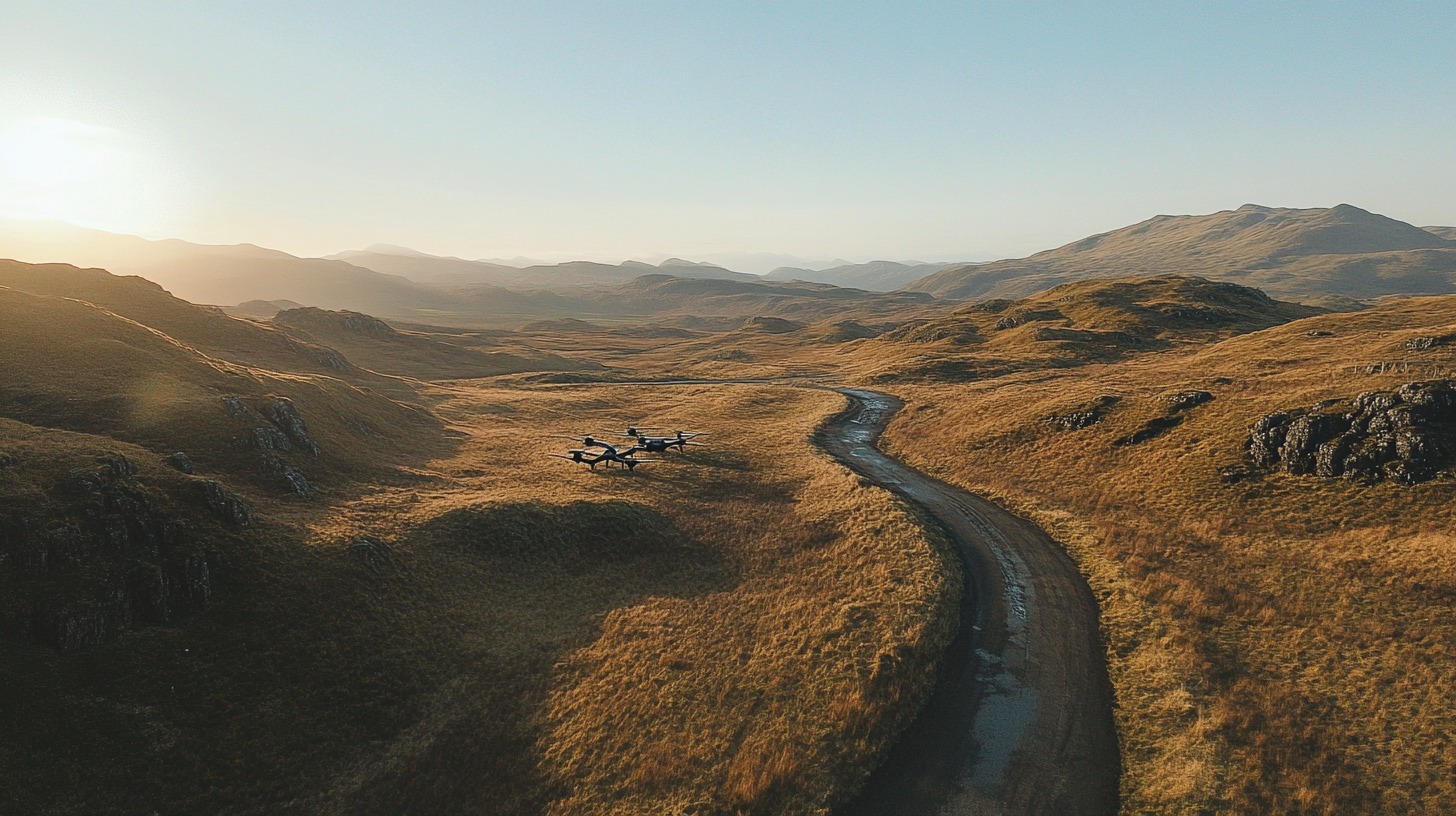
Drone incursions at borders and bases present challenges for surveillance and contraband prevention.
- Command-and-control systems for centralized management of anti-drone efforts.
- Integrated radar and optical sensors for monitoring wide areas.
- Advanced mitigation tools for neutralizing surveillance and delivery drones.
By combining these technologies, border authorities can strengthen surveillance and prevent unauthorized incursions.
Intelligence and Espionage Prevention
Drones used for industrial espionage or coordinated attacks require long-range, high-precision detection systems.
Protecting sensitive data and operations also demands advanced countermeasures.
- Long-range radar systems for early detection of unauthorized drones.
- Optical sensors to visually identify potential threats.
- Cyber takeover technologies to disrupt surveillance attempts.
These measures protect organizations from data breaches and operational disruptions, ensuring long-term security.
Strategic applications of counter UAV solutions demonstrate their versatility and importance in addressing evolving drone threats.
Integrating Multi-Layered Solutions
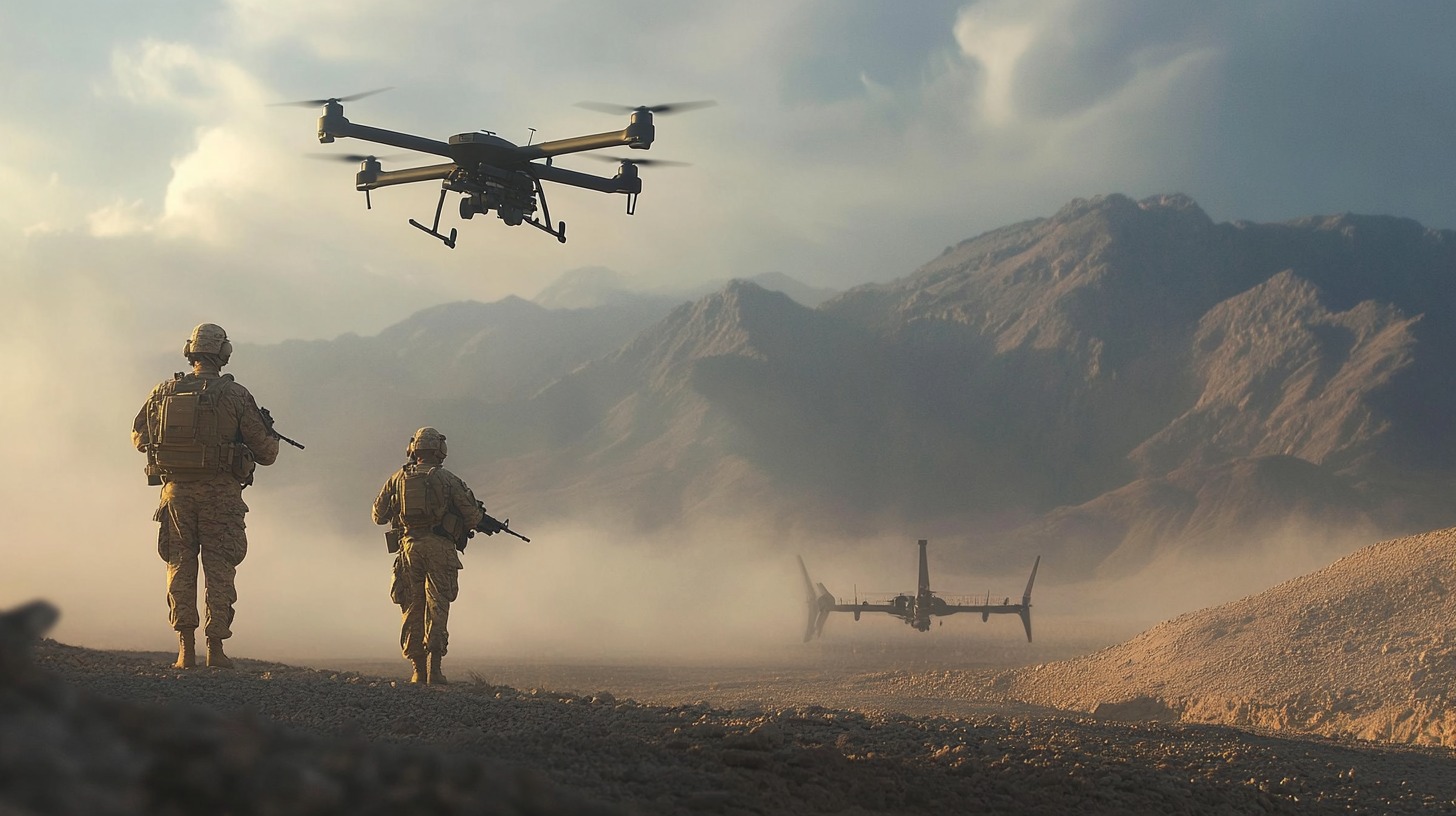
Comprehensive counter-drone strategies depend on the interplay of advanced systems that streamline detection and response.
- Radar, RF sensors, and optical systems that identify drones across different environments.
- AI-powered platforms that distinguish between harmless and hostile UAVs, minimize false alarms.
- Jamming, spoofing, or physical interception techniques to neutralize threats effectively.
Command-and-control platforms serve as the backbone of multi-layered solutions.
They aggregate and analyze data from these systems, enabling security teams to respond quickly and efficiently.
- Protecting troops and critical assets against hostile surveillance or weaponized drones.
- Preventing disruptions and ensuring the safety of passengers and infrastructure.
- Monitoring and countering smuggling or unauthorized incursions across national boundaries.
A cohesive system that combines detection, classification, and neutralization is not just an advantage but a necessity in today’s security framework.
The Bottom Line
Counter UAV solutions have emerged as indispensable tools in addressing the growing challenges posed by drone threats in various sectors.
As drones continue to evolve, so do the risks they present to critical infrastructure, public safety, and private enterprises.
Adopting a layered approach to counter UAV threats ensures a robust defense system.
Source
- GAO – Counter-Drone Technologies Could Enhance Safety and Security
- DJI – The Basics of Thermal Drones
- Research Gate – Acoustic Detection of Drones through Real-time Audio Attribute Prediction
- MDPI – Detection of UAV GPS Spoofing Attacks Using a Stacked Ensemble Method
- Research Gate – High power microwave for knocking out programmable suicide drones
- Bulgarian Military – Enemy uses net-launching drones to hunt drones
- Research Gate – Cyber Attack Vulnerabilities Analysis for Unmanned Aerial Vehicles
- MDPI – Drones are Endangering Energy Critical Infrastructure, and How We Can Deal with This
- UAV coach – Drone Jammers: An Inside Look at Counter UAS Technology for Drone Pilots
- MDPI – Cooperative Friendly Jamming Techniques for Drone-Based Mobile Secure Zone
- Research Gate – Deploying Drones in Policing Southern European Borders: Constraints and Challenges for Data Protection and Human Rights
- MDPI – Jamming and Spoofing Techniques for Drone Neutralization: An Experimental Study
Related Posts:
- Top 7 Tactical Military Training Techniques for…
- US Military Ready to Combat Los Angeles Wildfires
- Tupolev Tu-300 - Blending Speed, Stealth, and…
- How Is AI Used in the Military to Enhance Combat Strategies?
- Taranis Drone – Britain’s Most Advanced UAV Yet
- Top 10 US Military Drone Manufacturers Leading the…

